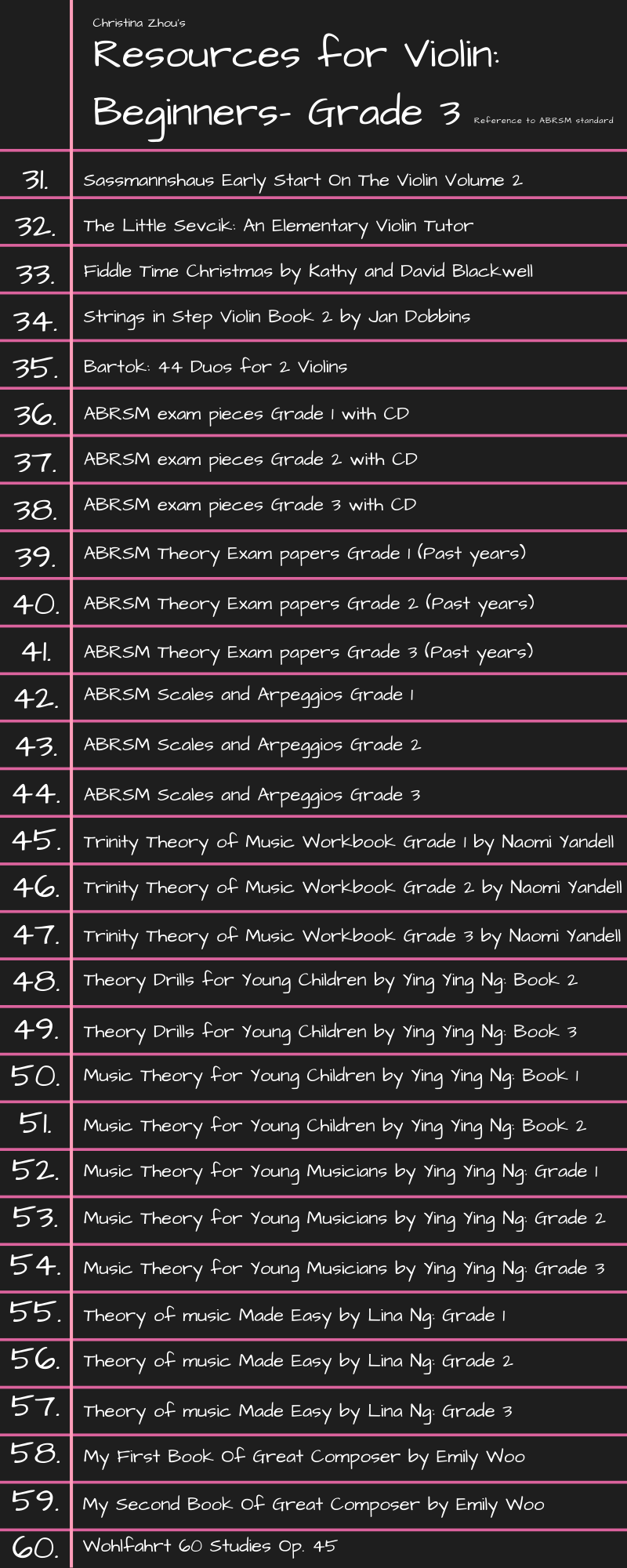I came across the Feelings Wheel while watching an interview “Red Table Talk”, briefly mentioned by Hayden Panettiere. I started googling and it was liberating to read as it resonated so much with me, and I’m sure many others too regardless of age and gender. Originally created by Dr Gloria Willcox, and designed by Geoffrey Roberts, this visual is a great insight into our inner worlds.
There is such a great need for us adults and younger generation to be able to identify the deeper layers of our emotions and address them accordingly. Why is this so important? How does this relate to music making? How can music help us better understand our emotions and vice versa?
Feeling. Feelings.
How often do we feel and not understand our emotions at a deeper level? How often do these unresolved emotions happen? From a young age, general emotions like happy, sad, angry, fear sometimes get swiped under the carpet, or goes unchecked. Personally, it took me some epic life changes to be aware and understand the deeper levels of emotions better. How we view our experiences frames and forms our coping and survival mechanisms that carries into our adulthood. We might turn to destructive or unhealthy coping mechanisms unknowingly, which propagates and get ourselves stuck in a vicious cycle.
Example: A child or teenager who is dealing with a lot of stress at school does not understand the deeper complex emotions he/she is feeling. Feelings of suppression, numbness and emptiness might linger on if it goes unchecked. It could be stress from school, parents, or a social and interpersonal issue when dealing with friends and matters of the heart. Some might start to withdraw with expressing their needs and pain, never knowing how to manage those emotions and turning to social media or the virtual world for comfort or escape. This is the same for us adults. We find our own escape mechanisms, but it gets unhealthy when it goes out of control and proportion. When we get to dig deeper and address the root causes of these emotions, we find better solutions and different pathways to deal with them.
⭐ Before introducing a student to the concept of the Feelings Wheel and how it relates to music, we walked and talked through the emotions of the day. There were many break-through moments with the student in understanding and resolving bad feelings.
An example from my student’s note- taking
⭐How does this relate to music making?
This framework of identifying emotions, connecting them with our current situations and taking actions to address them can be applied to music making. The disconnect between expressions, thoughts and musicality is a huge problem to tackle for teachers and students. I strongly believe that it comes from our ability to understand why and how we feel first. When students get to identify how the music feels, by putting words and labels to it, they can then better understand what the music is trying to say and express. It is up to us teachers to translate and teach those abstract feelings and concepts into technical and musical playing.
⭐ After we get a better understanding of the different layers of emotions and how it behaves in our daily lives, we turn to music. We make connections of emotions and the music, breaking them into phrases and bars to analyze. Every emotion and feelings felt in the music is valid as music speaks differently to everyone.
Analysis by my student
⭐ Students have shown much progress within minutes of lessons; just by us talking through the emotions of the music, or how their day went. If they come to class with “bad feelings”, it will translate into poor playing during class, or with their own practices at home. When we tackle those emotions first and set them aside to focus for music lessons, they can better manage it internally and perform better with a clearer headspace.
The Feelings Wheel piqued the curiosity of many students as there are tons of words and labels that they do not understand. With the empty wheel, they get to colour the emotions accordingly to what we are working on for music, do note-taking and internalise the information before playing on their instruments. Parents get to print out the PDF as well so that the same framework and mental practices can be done at home.
(Laminate them, so that it is re-usable with the whiteboard/coloured markers)
When we can better relate and regulate emotions through music, we make better music. That’s one of the reasons why I find self discovery through music so intriguing. Whether it’s through music, art, sports or any other mediums, when we understand the different frameworks better, we become better selves.
As time passes, we tend to forget that we are just older versions of the kid in us. Start addressing issues, emotions and root causes earlier, and we will get to develop more resilient, independent and curious individuals.
We are all a work in progress, alongside our students=)
*Feel free to use the resources, happy teaching and living!






















































